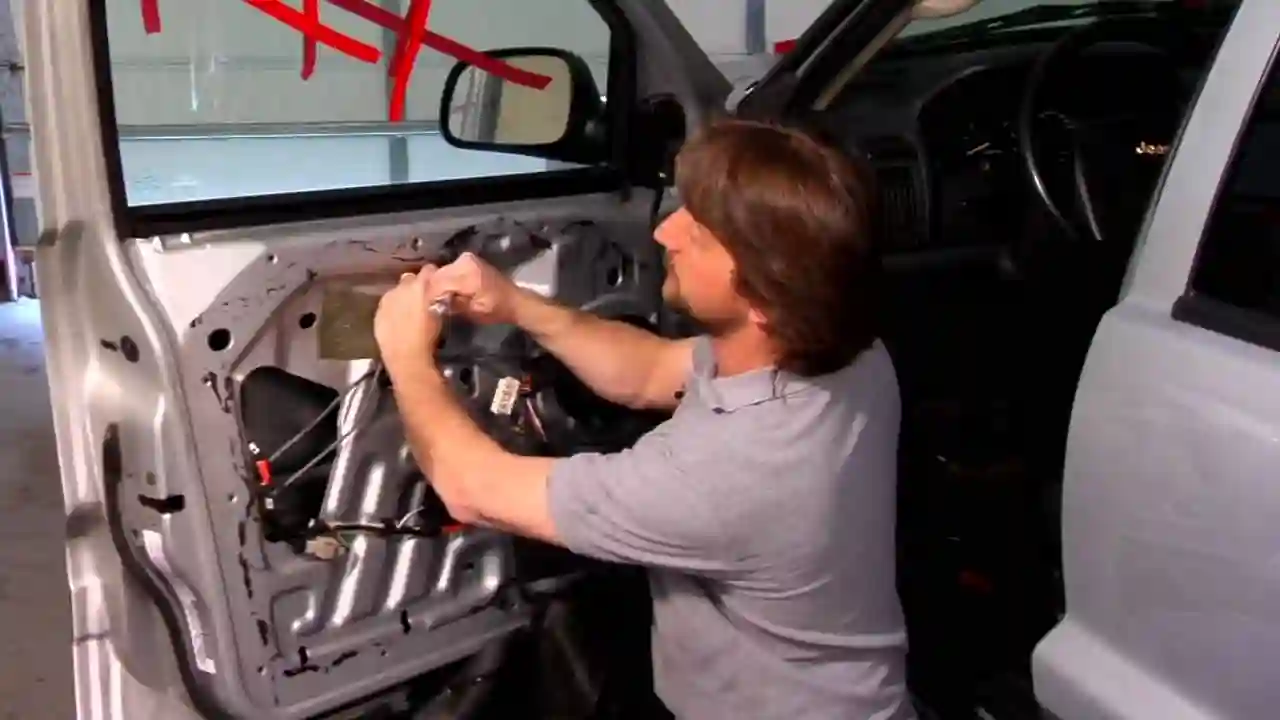
Your car’s windows play a vital role in your driving experience, providing visibility, ventilation, and access to the outside world. When your car’s window regulator starts acting up, it’s essential to choose the right replacement part to restore smooth window operation. In this guide, we’ll walk you through the process of selecting the right window regulator for your vehicle, ensuring a hassle-free replacement and optimal performance.
Step 1: Determine Your Vehicle’s Make and Model
The first step in choosing the right window regulator is to identify your vehicle’s make and model. This information is crucial because window regulators are not universal; they are designed to fit specific vehicles. You can find your vehicle’s make and model in the owner’s manual, on the vehicle registration, or by checking the VIN (Vehicle Identification Number) plate located on the dashboard or driver’s side door frame.
Step 2: Identify the Window Position
Most vehicles have multiple windows, and each window has its own regulator. To choose the right regulator, you need to determine which window is malfunctioning. Common window positions include:
- Front driver-side window
- Front passenger-side window
- Rear driver-side window
- Rear passenger-side window
Identifying the window position will help you select the correct replacement part.
Step 3: Choose Between Manual and Power Windows
Another crucial consideration is whether your vehicle has manual or power windows. Manual windows are operated by turning a crank, while power windows are controlled by switches. The type of window regulator you need depends on your window system:
- Manual Windows: If your car has manual windows, you’ll need a manual window regulator. These regulators use a hand-crank mechanism to raise and lower the window.
- Power Windows: If your vehicle has power windows, you’ll need a power window regulator. These regulators are equipped with an electric motor that moves the window up and down when you press the window switch.
Step 4: Determine the Window Regulator Type
Window regulators come in two main types:
- Cable-Driven Regulators: These regulators use a cable and pulley system to raise and lower the window. Cable-driven regulators are common in older vehicles and some modern ones.
- Rail and Gear-Driven Regulators: These regulators use a gear-driven mechanism along a rail to move the window. They are prevalent in newer vehicles and offer smoother and more precise window control.
To choose the right regulator, check your vehicle’s existing window regulator type, and select a replacement that matches it. Keep in mind that some vehicles may have a combination of both types for different windows.
Step 5: Consider Aftermarket vs. OEM Parts
When it comes to purchasing a replacement window regulator, you’ll have two primary options: aftermarket parts and OEM (Original Equipment Manufacturer) parts.
- Aftermarket Parts: Aftermarket window regulators are produced by third-party manufacturers. They are often more affordable than OEM parts and offer a wide range of options. However, quality can vary, so it’s essential to research and choose a reputable aftermarket brand.
- OEM Parts: OEM window regulators are manufactured by the same company that made the original parts for your vehicle. They are designed to meet the exact specifications of your car and typically come with a higher price tag. While OEM parts offer guaranteed compatibility, they can be more expensive.
Your choice between aftermarket and OEM parts will depend on your budget, preferences, and specific needs. Both options can be suitable, but it’s essential to choose a reputable brand to ensure product quality and reliability.
Step 6: Check Reviews and Ratings
Before making a final decision, it’s a good idea to research and read reviews of the window regulator you’re considering. Look for feedback from other car owners who have used the same product. Online forums, automotive websites, and customer reviews on e-commerce platforms can provide valuable insights into the performance and durability of the replacement part.
Step 7: Consult a Mechanic or Auto Parts Specialist
If you’re unsure about the right window regulator for your vehicle, don’t hesitate to seek advice from a professional mechanic or auto parts specialist. They can help you identify the correct part, provide recommendations based on your vehicle’s make and model, and ensure a smooth replacement process.
Step 8: Purchase and Install the Window Regulator
Once you’ve selected the right window regulator for your vehicle, it’s time to make the purchase. Ensure that you have all the necessary tools and materials for the installation, as outlined in the replacement guide provided with the part.
Installation steps may vary depending on your vehicle’s make and model, so refer to the manufacturer’s instructions or consult a repair manual for specific guidance. If you’re not confident in your DIY skills, consider seeking professional assistance to ensure a proper and safe installation.
In conclusion, choosing the right window regulator for your vehicle involves identifying your vehicle’s make, model, and window position, determining whether you have manual or power windows, and selecting the appropriate regulator type. You also have the option to choose between aftermarket and OEM parts, with the latter offering guaranteed compatibility but often at a higher cost. Additionally, reading reviews and seeking expert advice can help you make an informed decision. By following these steps, you can select the perfect window regulator for your vehicle and enjoy the benefits of smooth and reliable window operation.
Related posts:

Categories
- Apps (1)
- Automotive (23)
- Beauty (7)
- Business (118)
- Celebrities (2)
- Digital Marketing (21)
- Ecommerce (1)
- Education (18)
- Entertainment (25)
- Events (6)
- Features (4)
- Fitness (10)
- Food (2)
- Forex & Crypto (21)
- General (105)
- Health (48)
- House (61)
- Lifestyle (48)
- Marketing (8)
- Parenting (3)
- Pets (10)
- Real Estate (7)
- Safety and Security (11)
- Social Media (20)
- Sports (104)
- Technology (67)
- Travel (22)



















